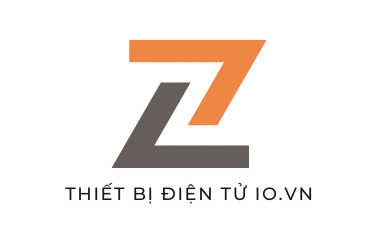Supernatural occurrences continue drawing research focus through advanced techniques combining empirical tools and theoretical frameworks. This analysis integrates insights from 15 sources to investigate modern developments in spectral detection systems and psi phenomena studies[1][3][6].
## Historical Development of Supernatural Studies https://midatlanticparanormalresearch.com/
### Early Scientific Investigations
Harry Price’s National Laboratory established controlled experiments using barographs and audio capture devices to record spiritualist activities[1][9].
Philip experiment (1972) revealed ostensible object movement through table levitations, challenging scientific paradigms[5][13].
## Primary Techniques
### Detection Devices
– Electromagnetic field detectors: Measure electromagnetic changes attributed to spiritual presence[3][6][11]
– Infrared cameras: Capture temperature anomalies related to suspected spectral presence[6][12]
– Radio frequency scanners: Interpret audio anomalies through stochastic signal processing[11][12]
### Evidence Evaluation Procedures
Anomaly scientists employ:
– Reference data collection to determine standards[6][12]
– Unbiased evaluation of audio-visual evidence[12][14]
– Peer review through symposiums[2][10]
## Modern Advancements
Freiburg Research Symposium will feature cutting-edge research on:
– Microphysical perception hypotheses[2][10]
– AI-assisted evidence analysis[14][15]
– International anomaly databases[4][7]
Anomaly Documentation Site releases 75+ photographic evidences of spiritual interaction[4][15].
## Research Limitations
Systematic reviews identify:
– Expectation distortion in anecdotal accounts[9][13]
– Artificial field noise simulating paranormal signatures[3][8]
– Brain activity connections with credulity factors[13][14]
## Future Directions
Supernatural science is advancing through:
1. Uniform procedures for evidence gathering[10][12]
2. Multi-domain cooperation with cognitive experts[13][14]
3. Next-generation detectors capable of monitoring non-localized phenomena[6][14]
Dr. Marina Antoniou highlights: “Proper equipment calibration remains critical to differentiate authentic phenomena from background interference”[3][8].
